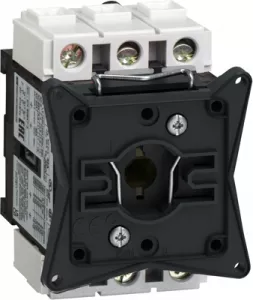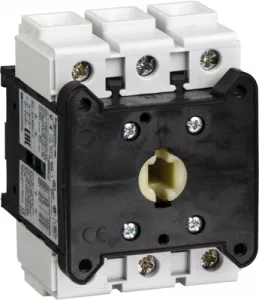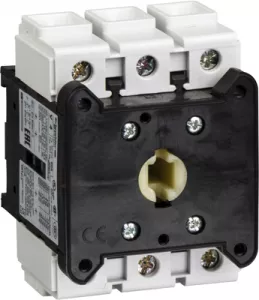Circuit Breakers

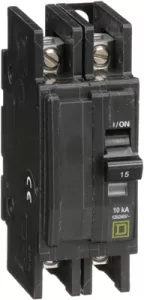
Order No.:
04P5562
Manufacturer SKU:
QOU215


Order No.:
04P6268
Manufacturer SKU:
S33668

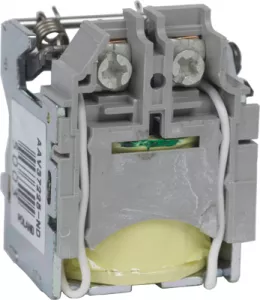
Order No.:
04P6269
Manufacturer SKU:
S33673

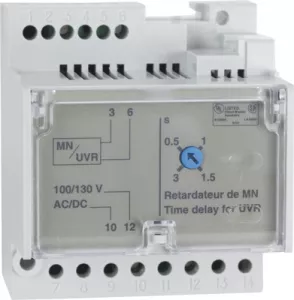
Order No.:
04P6270
Manufacturer SKU:
S33683


Order No.:
04P6271
Manufacturer SKU:
S33928

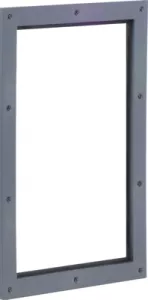
Order No.:
04P6272
Manufacturer SKU:
S33929

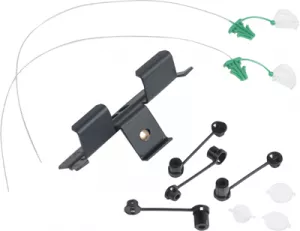
Order No.:
04P6273
Manufacturer SKU:
S33996

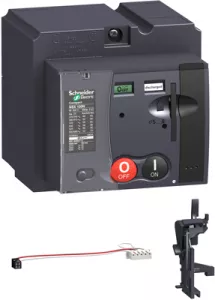
Order No.:
04P6280
Manufacturer SKU:
S431549

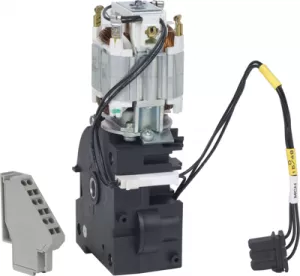
Order No.:
04P6281
Manufacturer SKU:
S47390

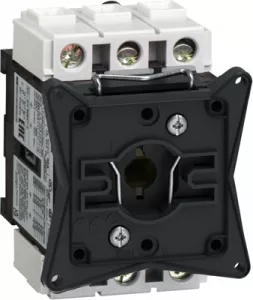
Order No.:
04P8171
Manufacturer SKU:
V0

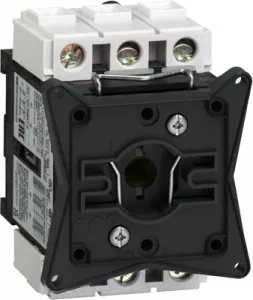
Order No.:
04P8172
Manufacturer SKU:
V01

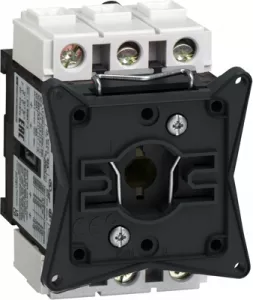
Order No.:
04P8173
Manufacturer SKU:
V02

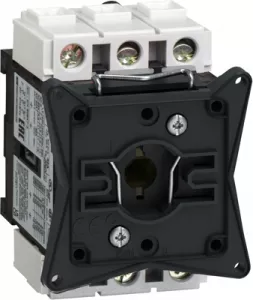
Order No.:
04P8174
Manufacturer SKU:
V1
Order No.:
04P8176
Manufacturer SKU:
V2
Order No.:
04P8178
Manufacturer SKU:
V3
Order No.:
04P8179
Manufacturer SKU:
V4

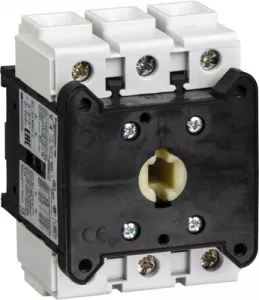
Order No.:
04P8181
Manufacturer SKU:
V5

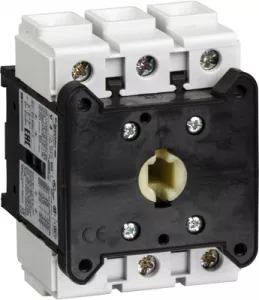
Order No.:
04P8182
Manufacturer SKU:
V6

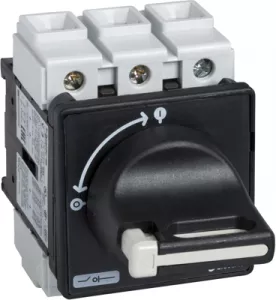
Order No.:
04P8183
Manufacturer SKU:
VBD0

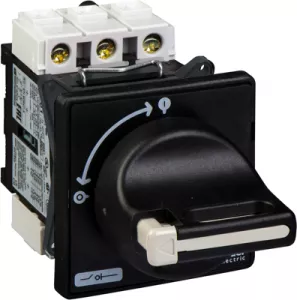
Order No.:
04P8184
Manufacturer SKU:
VBD01
Safety guaranteed: Functions and advantages of switch-disconnectors
Circuit breakers are used to protect electrical circuits by automatically switching off in the event of an overload or short circuit. They can be switched back on, eliminating the need for one-way fuses. Switch-disconnectors, on the other hand, specialize in safely isolating electrical circuits from the power supply.
Unlike circuit breakers, switch-disconnectors do not perform a protective function, but merely ensure safe isolation as well as prevention of accidental switch-on. Both electromechanical components are indispensable in electrical installations and in the energy sector, with circuit-breakers primarily ensuring the protection of installations, while switch-disconnectors are used for maintenance and repairs.
